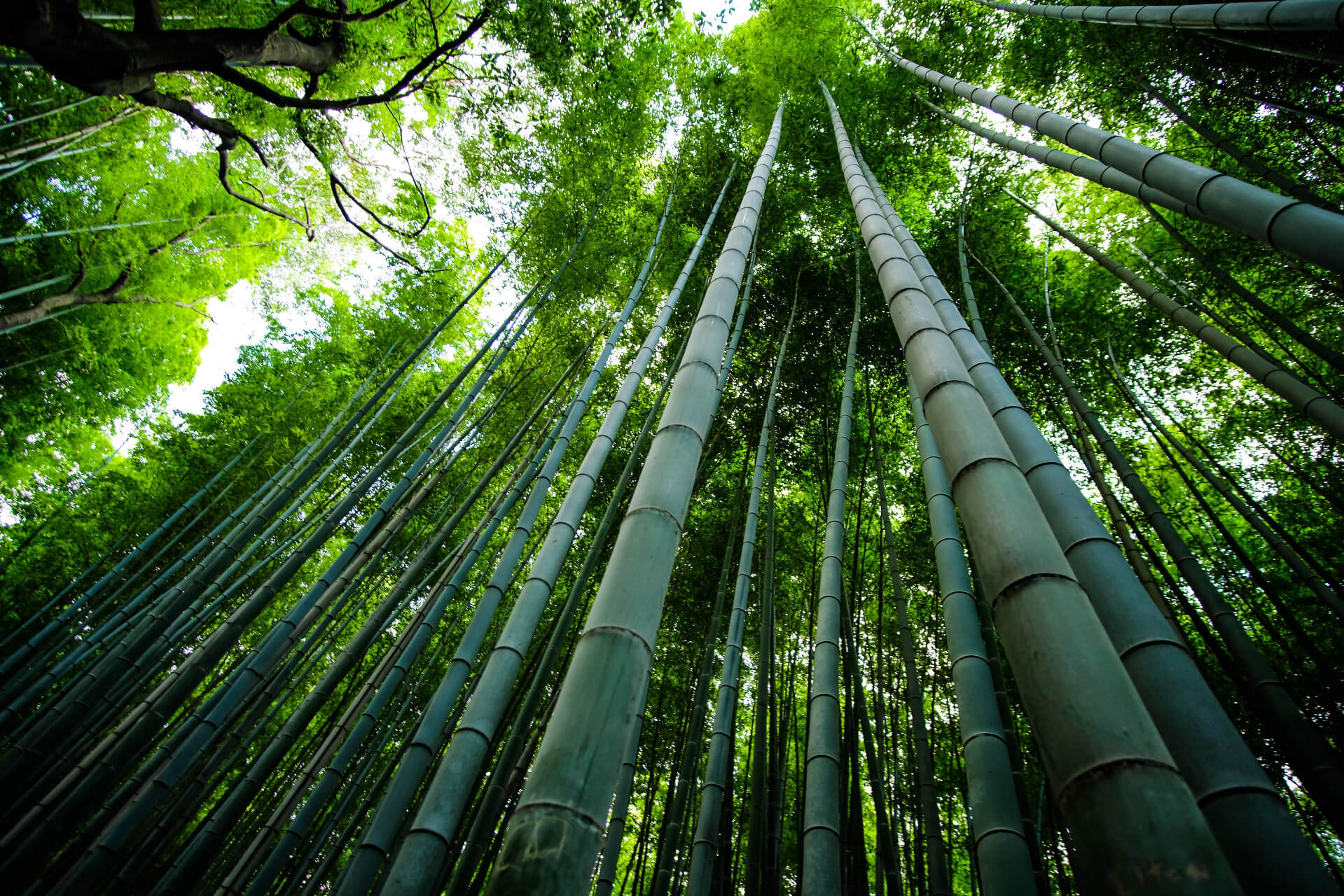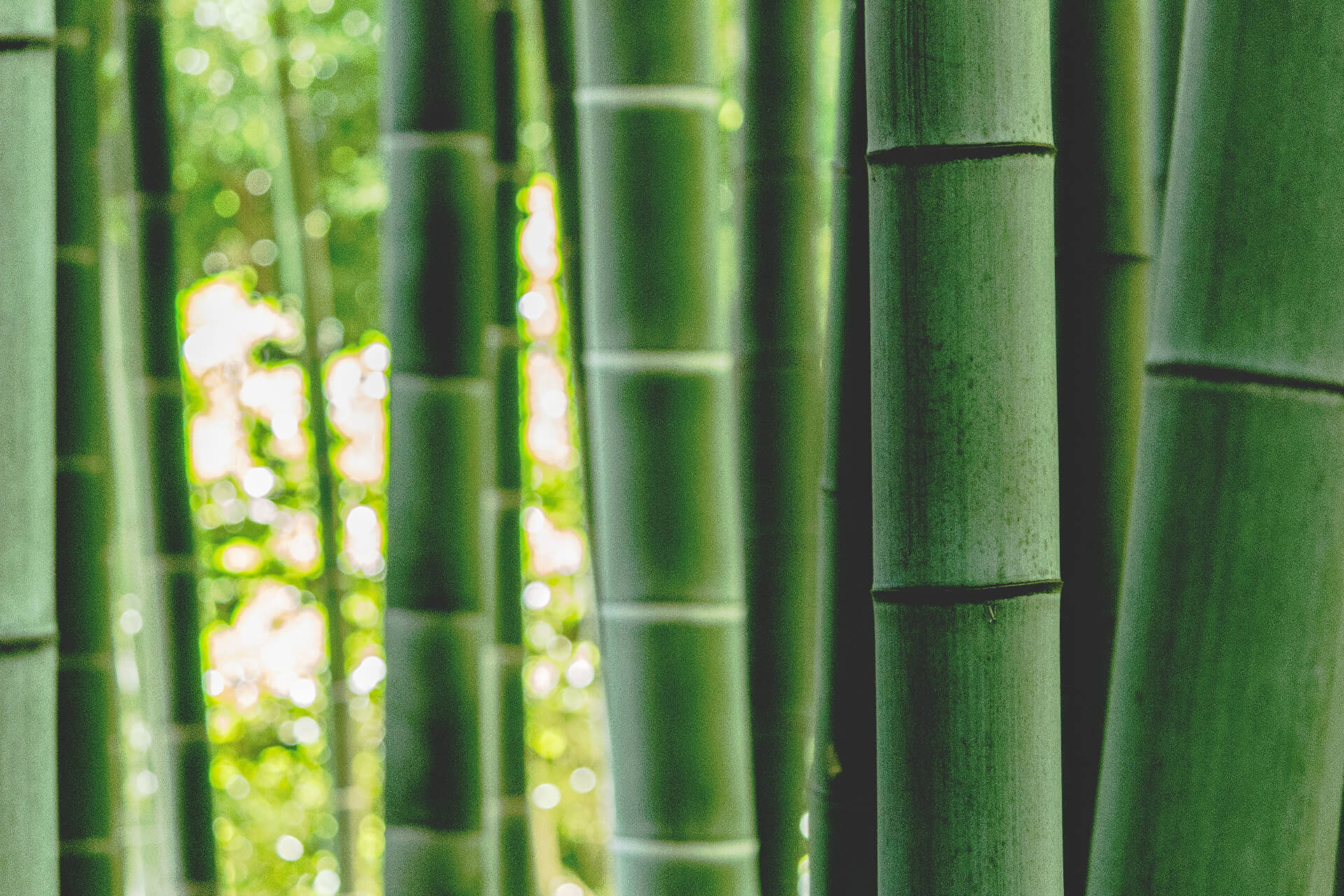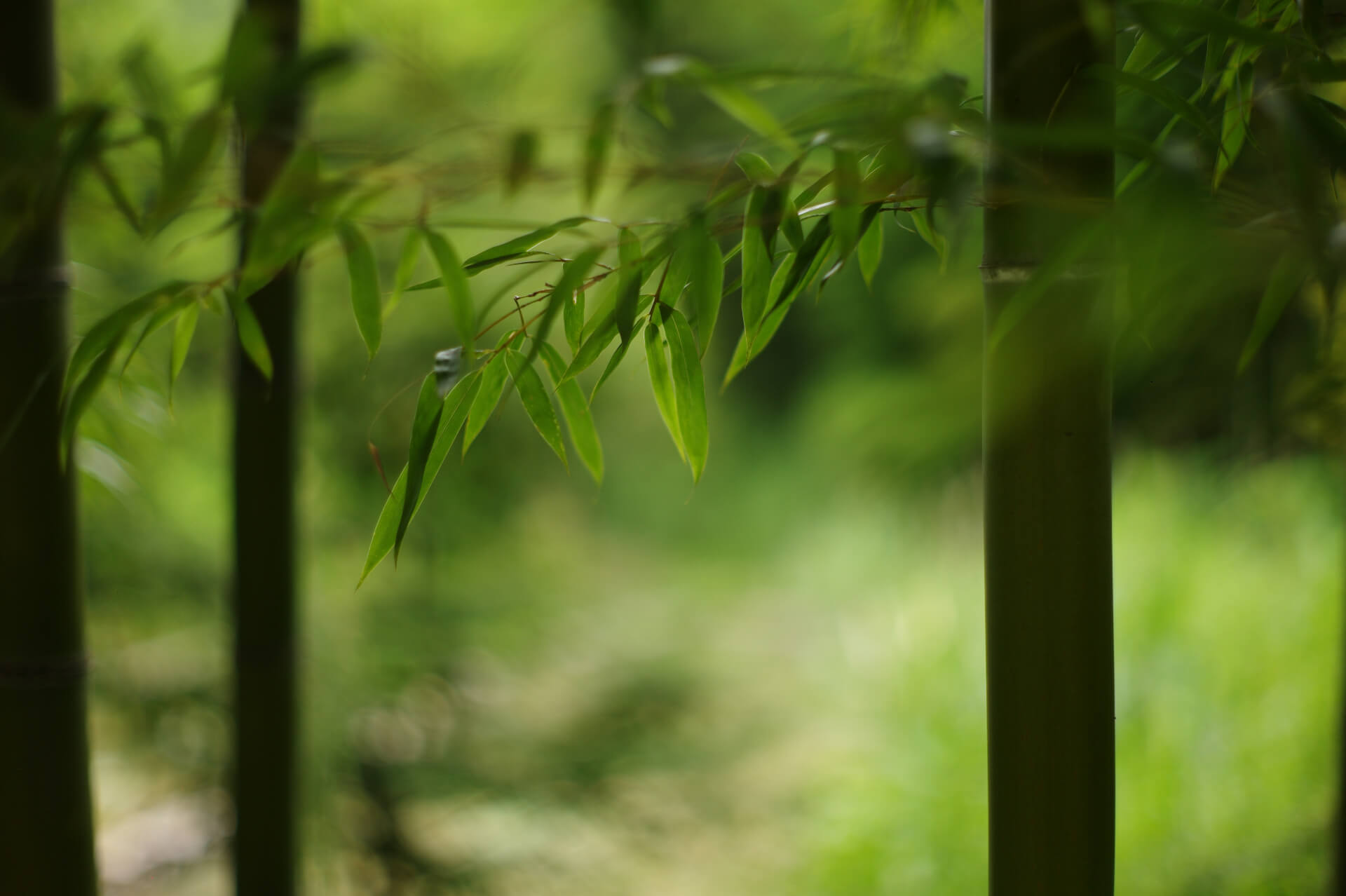
How Fast Does Bamboo Grow? An FAQ on One of the World’s Most Eco-Friendly Materials
We are reader-supported. When you buy through links on our site, we may earn affiliate commission.
Bamboo is coming into fashion as one of the most prominent eco-friendly materials. From architecture to bed sheets, this plant has a lot of potential in a climate-aware world. One of the reasons it is gaining so much traction is because of how quickly it sprouts. How fast does bamboo grow, and what other details should environmentalists be aware of amid the hype?
How Fast Does Bamboo Grow?
You’ve heard the expression about watching paint dry or grass grow. It feels like you don’t witness any change, no matter how long you’re there. Bamboo is a different story. It grows so fast that you would notice if you devoted your attention to it.
Some bamboo grows almost three feet in one day, equaling about 1.5 inches hourly. The tallest recorded bamboo plant was around 130 feet tall in the tropics. People who find bamboo on their land might want to cut it if they find it a nuisance, but it might stimulate their growth by growing new leaves instead of necessarily growing taller. Other species, like clumping bamboo, are easier to manage by increasing only an inch per year.
Bamboo is a grass — not a tree — colony plant with over 1,000 species to its name, and they all expand roots faster than other plants. The underground stems, called rhizomes, release shoots far away from the main plant, causing it to spread extremely fast.

Is Bamboo Good for Your Yard and Soil?
The answer to this question depends on your perspective. Bamboo is a highly aggressive plant — some even call it invasive even if it is native to the area. However, that pervasiveness comes with its benefits for the soil. In 2018, a report from the International Bamboo and Rattan Organization explored how bamboo restored 80,000 hectares of destroyed land in:
- China
- Thailand
- Tanzania
- Colombia
- South Africa
- Ghana
- India
- Nepal
First, the dense root system makes soil erosion extremely difficult. If you need flood protection, the shallow roots of bamboo might be the key. The reinforcement the plant provides while still being porous is a potent advantage. Plus, it is a straightforward plant to grow. It isn’t picky on what kind of soil it is home to in the first place, even if the region is prone to drought.
Additionally, the root system has purification properties that could save groundwater reservoirs. It absorbs heavy metals and pollutants to prevent further land degradation. How does it do this? A process called phytoremediation leverages microbes to restore environments naturally. In this way, bamboo could be one of the best medicines for any plot of land.
How Eco-Friendly Is Bamboo?
Despite their thin, stem-like appearance, bamboo is tough to break. The tensile strength of bamboo is enough to warrant replacing more climate-intensive materials like steel and iron rods and beams. Infrastructure, construction, and building resources are some of the highest carbon emitters on the planet, and looking back to traditional East-Asian strategies and materials could be valuable in decarbonizing the industry.
The amount of fossil fuels and energy eliminated from these industries with bamboo alone could change history. It becomes easily recyclable or compostable. Alternatively, additional stores could go toward biomass energy production, giving the world another viable alternative to oil, gas, and coal.
Many recognize the value of rainforests like the Amazon as being some of the most famous carbon sinks, but how does bamboo compare? It produces 35% more oxygen and consumes more carbon dioxide than every plant. It could be one of the most valuable carbon sequestration assets.
Bamboo is also eco-friendly because it provides stability to farmers. So much of climate activism revolves around social justice, and bamboo is a reliable, year-round source of income for countless worldwide. It is cold and heat resistant, reducing the amount of climate influences that could otherwise plague agriculture. If corporations see its utility, it could reduce even more poverty and alleviate social stressors everywhere.

What Are the Negatives of Bamboo?
Bamboo is not ideal for inattentive gardeners. If left unwatched, the bamboo will spread potentially out of your control. Uprooting bamboo is another concern in and of itself because the roots may go up to 20 feet long. Additionally, it’s resistant to most plant-killing herbicides and other chemicals, meaning you will have to mow, rip, and constantly maintain the grounds until the rhizomes are gone.
Some of these products work better than others, but it is not best to rely on them if you want to get rid of bamboo because of how it could impact the soil’s health in the long term.
Your yard might suffer from an extensive bamboo eradication operation. That kind of degradation and spread might harm other native plants and species. Biodiversity might quiver in the face of this highly domineering plant. This is controllable, as many experts suggest fiberglass, wood, or metal barriers that go into the ground that contain its growth.
What Products Can People Make from Bamboo?
It might be better to ask what bamboo cannot be used for. In most cases, it is a more sustainable option than wood, depending on how it’s grown and sourced. Bamboo has over 10,000 recorded uses, being one of the planet’s most malleable and versatile materials. Here are some of the most interesting in the world:
- Sponges
- Fashion
- Bedding
- Weaponry
- Roadways
- Scaffolding
- Nutrition products and foodstuffs
- Medicines and herbal supplements
- Children’s toys
- Beer
- Biofuel
The future might show the world countless new and exciting ways to employ bamboo for climate-friendly lifestyles.
How Fast Does Bamboo Grow? And Other Questions
Bamboo might not be the first thing that comes to mind when mentioning sustainable materials, but it is becoming a top contender. With how fast it grows, it is readily renewable and doesn’t sap the planet’s resources. Innovation makes it a flexible yet sturdy material for many applications, with many more to come with research and development. Today is the day to spread the word about how useful bamboo can be for a greener planet.
Share on
Like what you read? Join other Environment.co readers!
Get the latest updates on our planet by subscribing to the Environment.co newsletter!
About the author
Maria Visser
Maria serves as the Assistant Editor of Environment.co. A true foodie and activist at heart, she loves covering topics ranging from veganism to off grid living.





